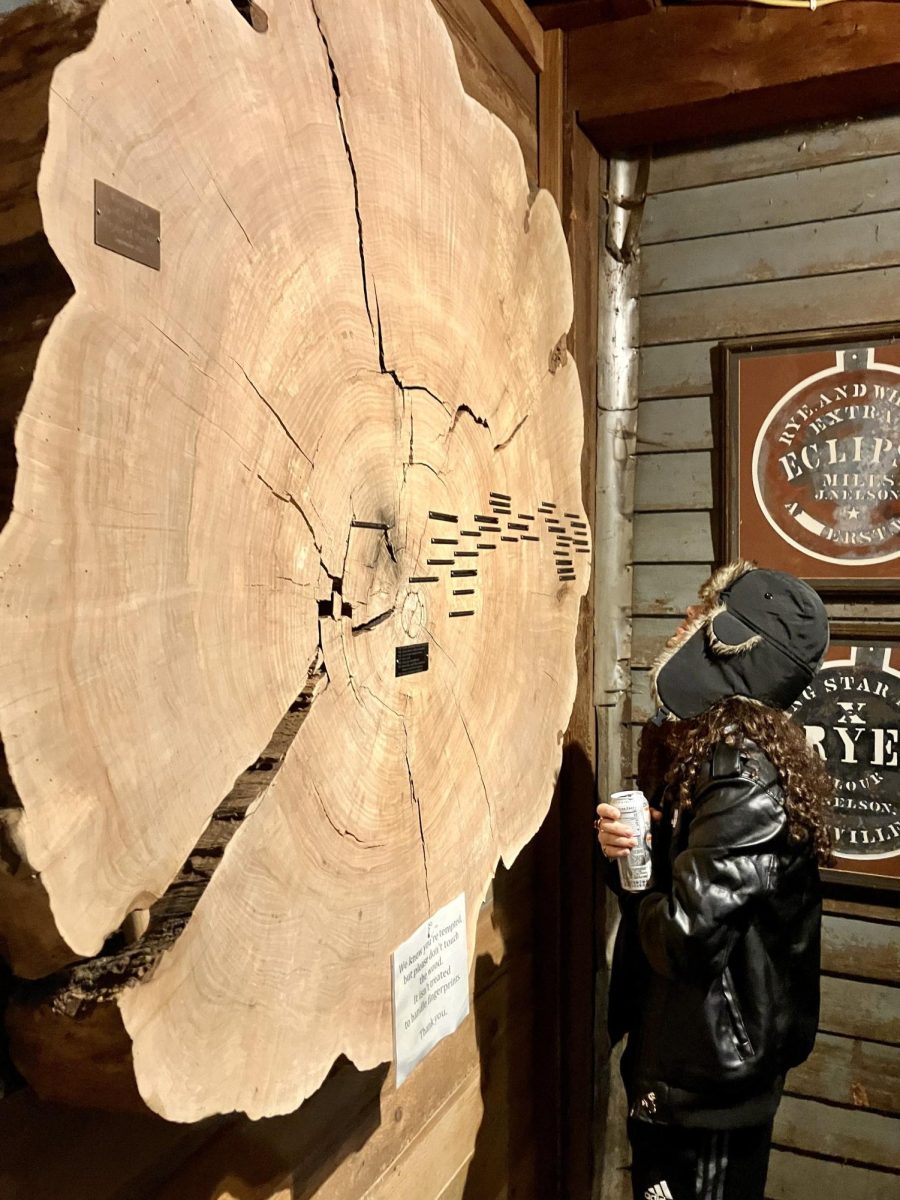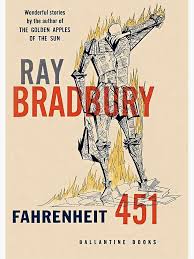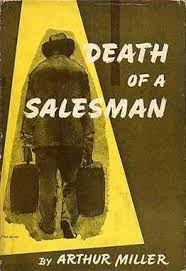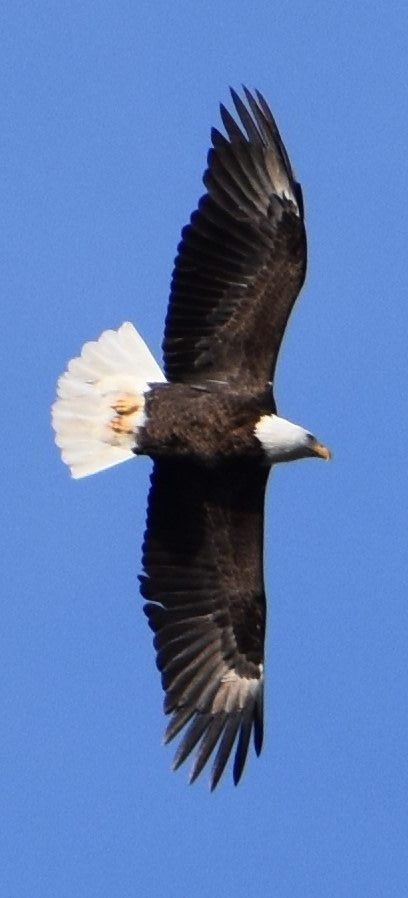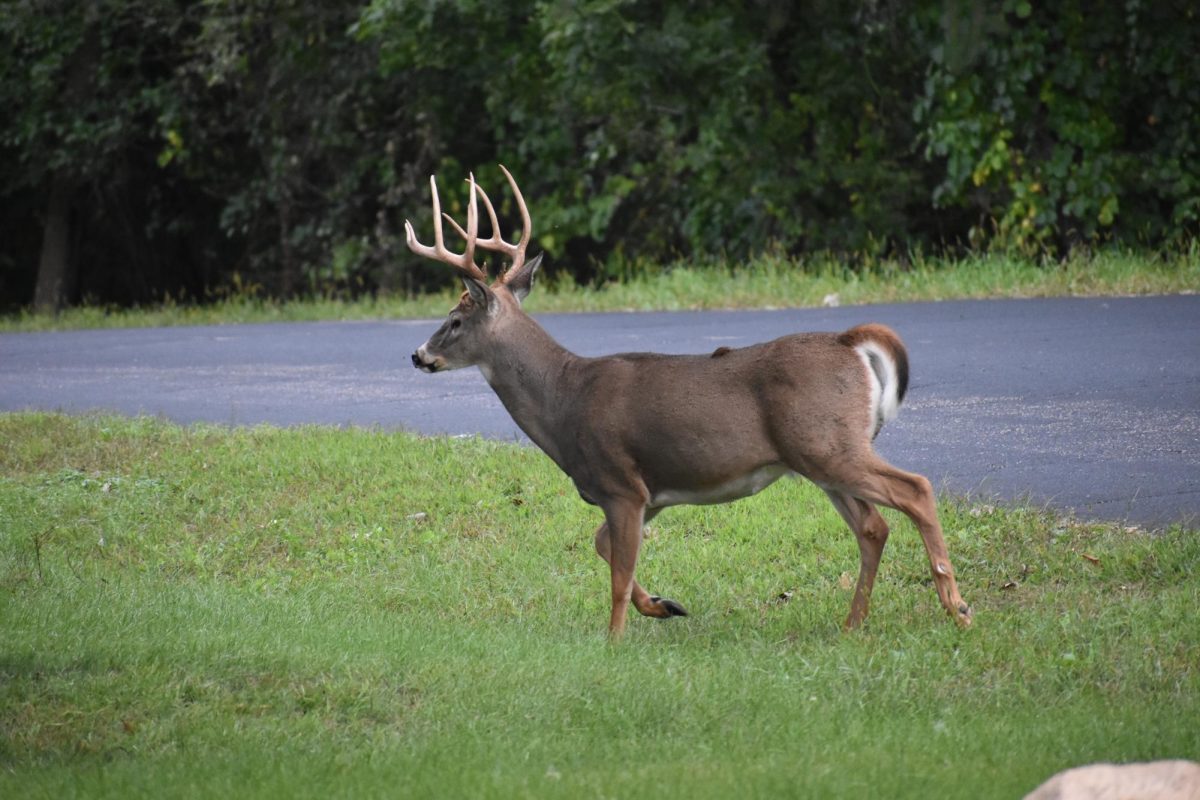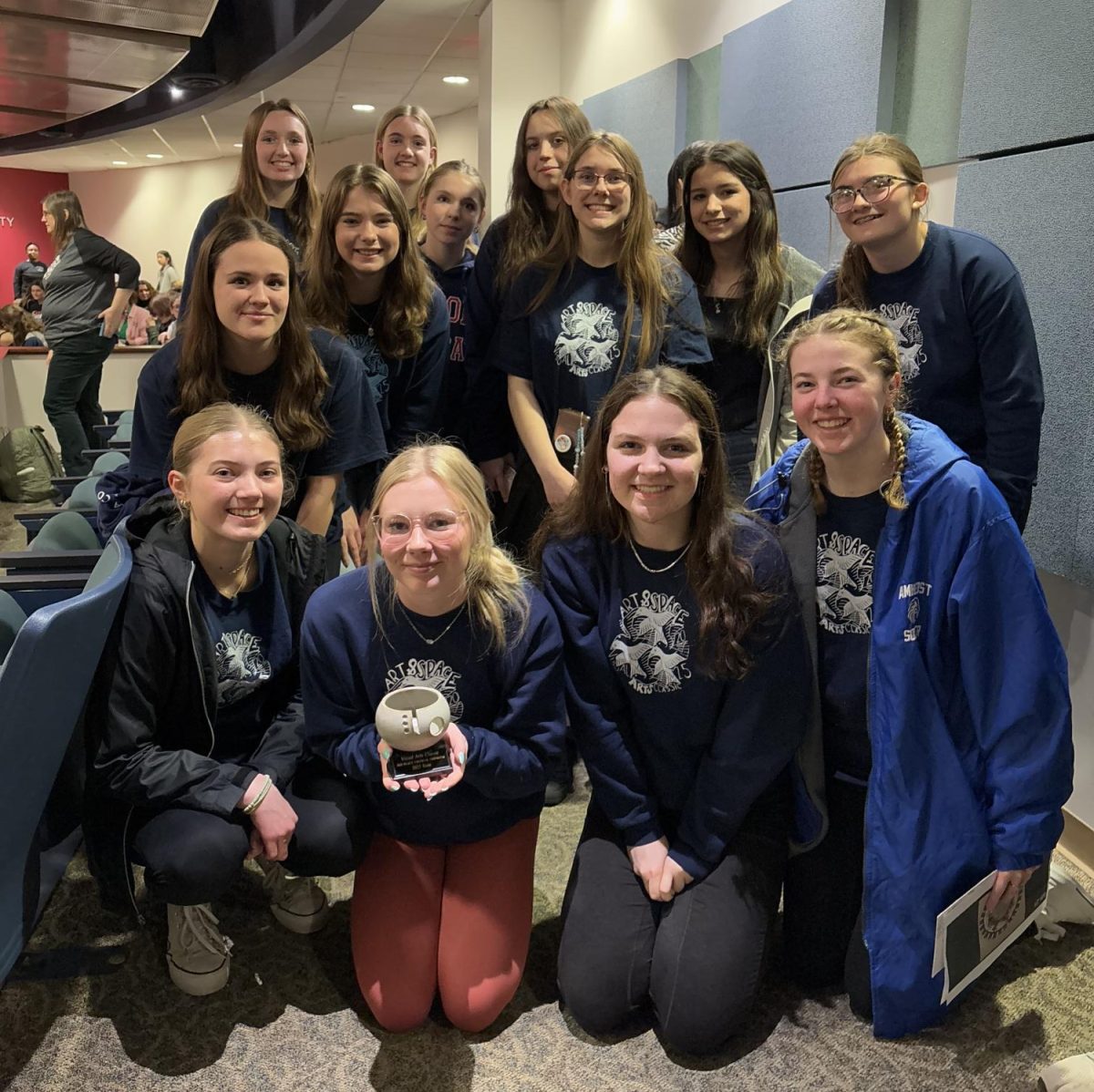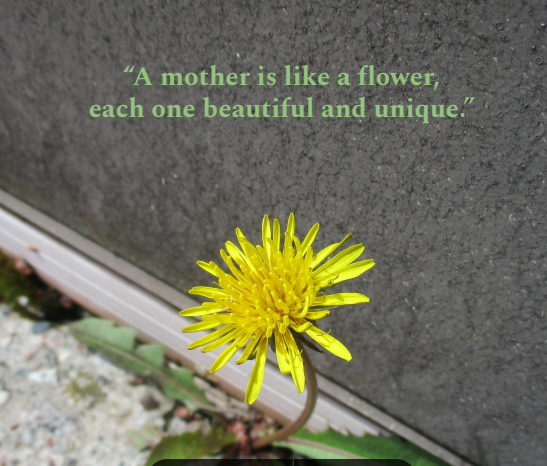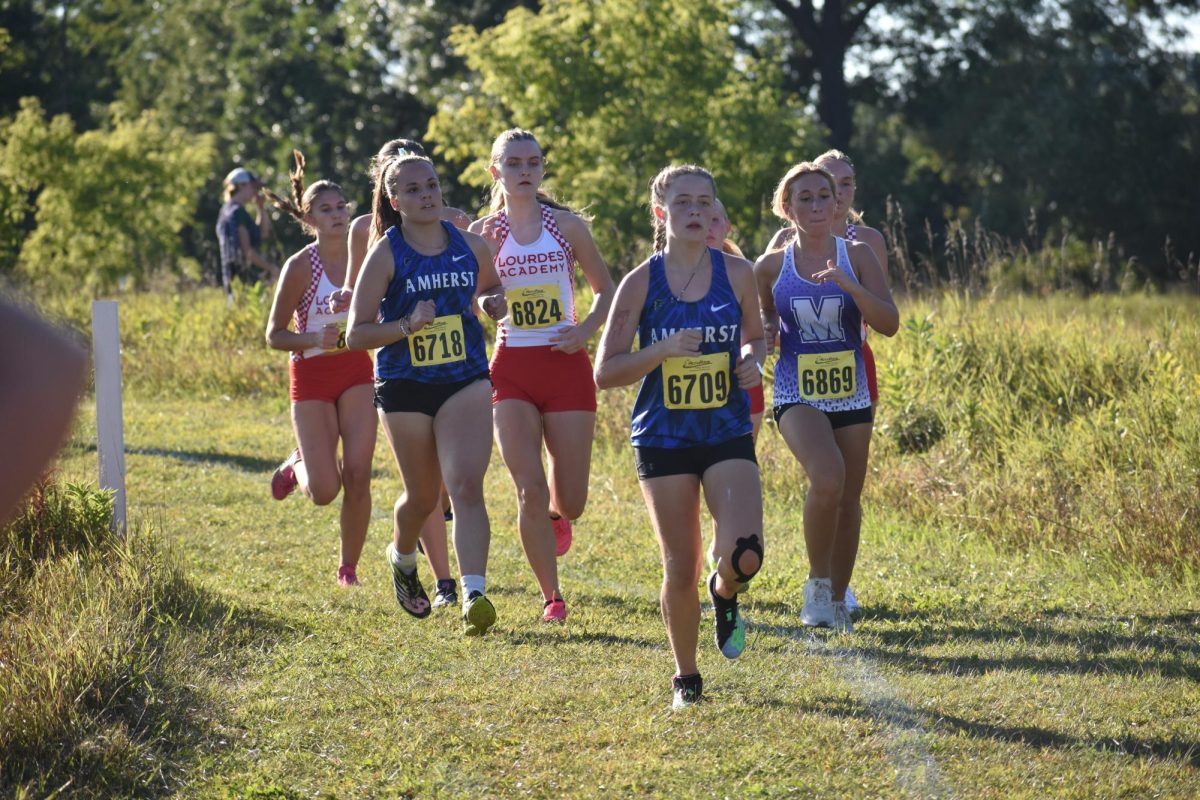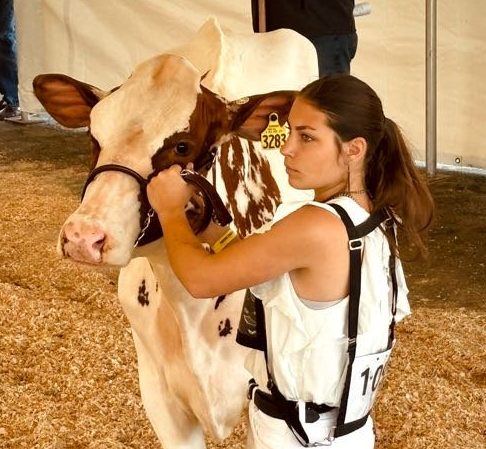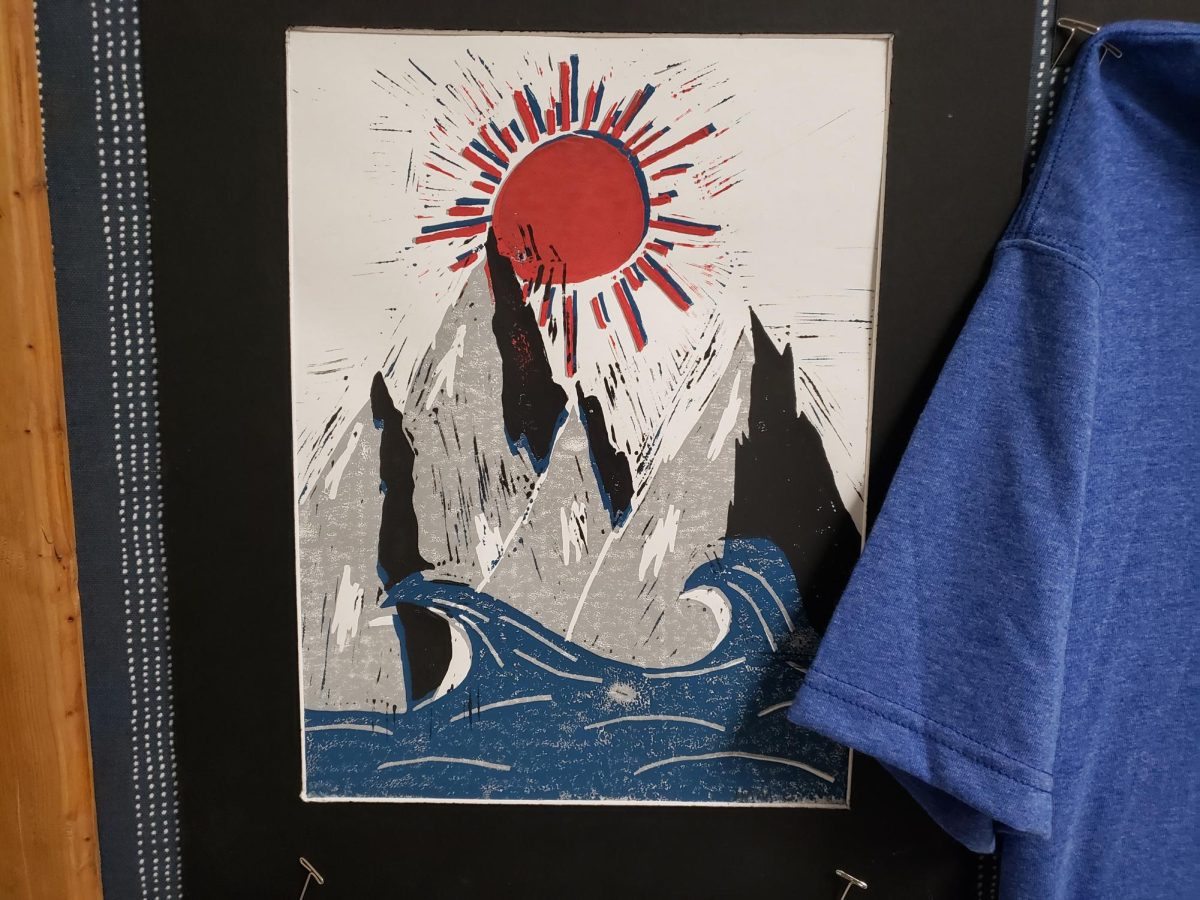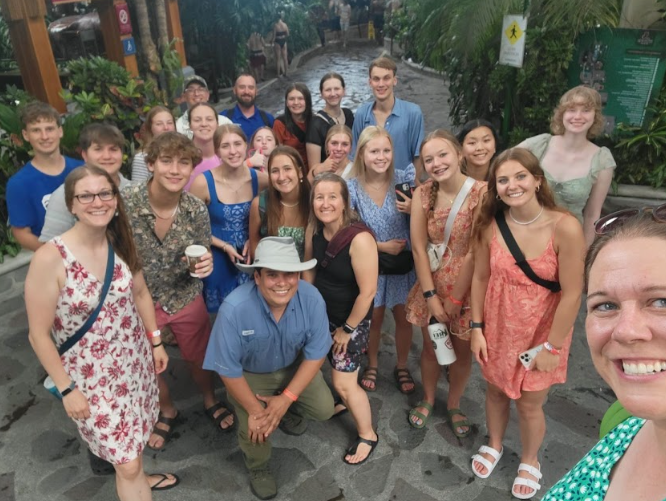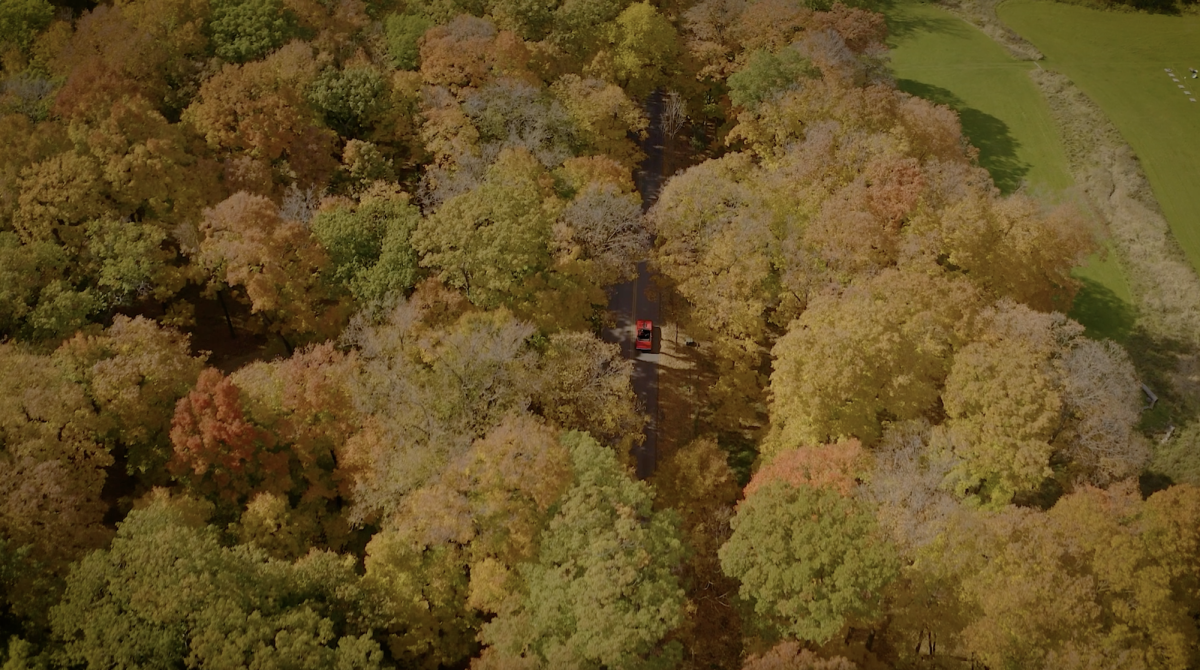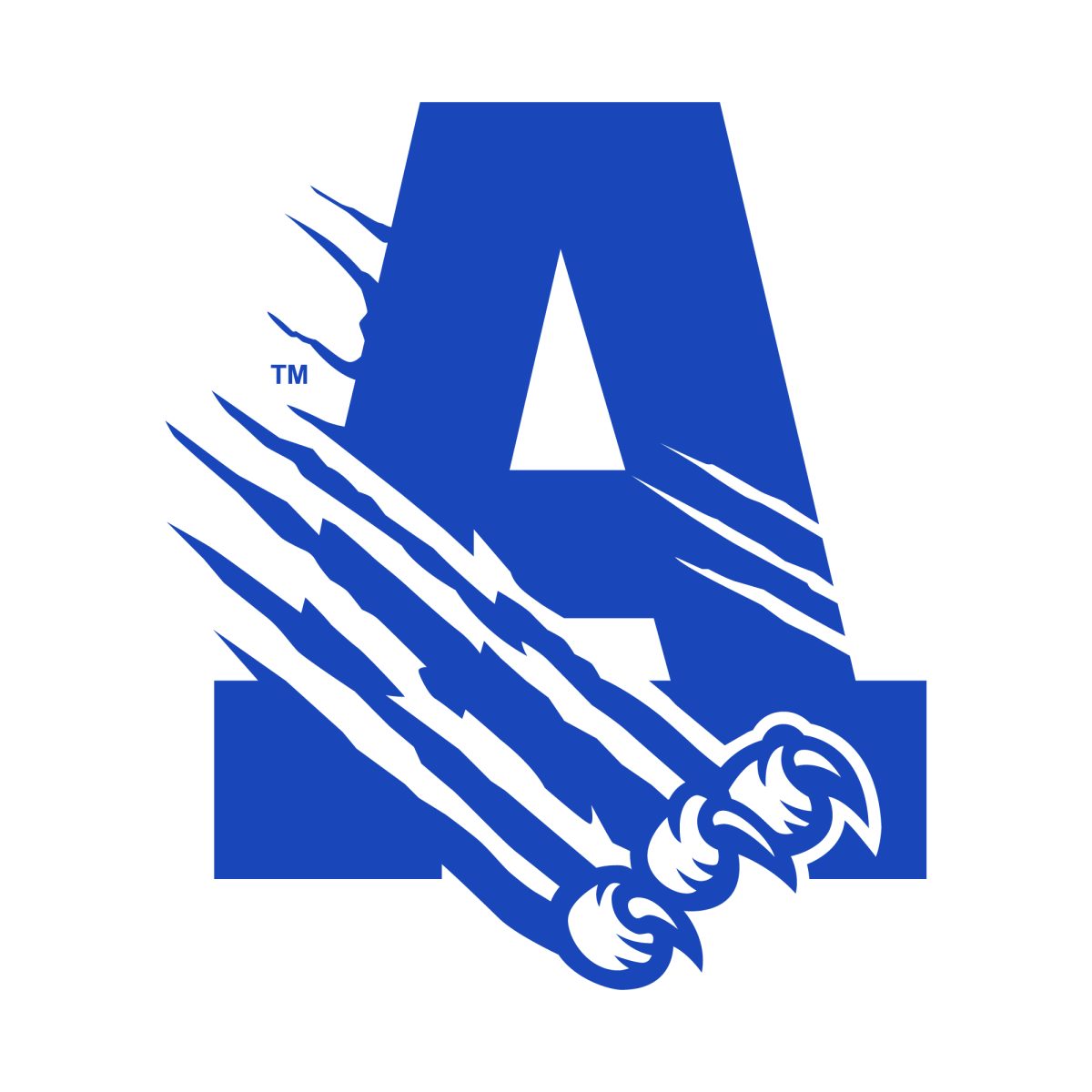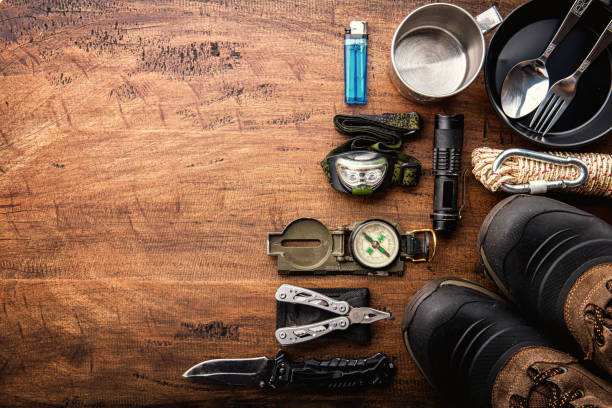Wilderness Survival Guide part 1: Your Gear
Outdoor travel equipment planning for a mountain trekking camping trip on wooden background. Top view – vintage film grain filter effect styles
October 17, 2022
Imagine this: You’re out hiking, and you get separated from your group. You can’t find them, no matter how much searching you do. You then realize that you are lost. What do you do? If you answered, “Attempt to wait it out,” DING DING DING! You are correct! That’s what you should do. It will make it much easier for Search & Rescue teams to find you. But you can’t survive without everything you need if you aren’t trained, so that’s what you will learn today.
The first thing you need if you are stranded in the wilderness is a backpack. You probably already have one on you if you are hiking, especially if you are alone. A good backpack to own is a mid-sized backpack (around 25-40 liters). If you are backpacking, carry a large one. You’ll need all that room just for your food and clothes! Speaking of which, let’s move on to what goes inside of your pack.
The first thing you need to think about in your survival gear is your tools, including your basic knife. The main tools you will absolutely need, according to experts are the following:
- Knife (Folding)
- 550 Paracord (50 ft)
- Metal Water Bottle (NO PLASTIC, this will be explained later!)
- Emergency Blanket
- Lighter/Matches
- Ferrocerium Rod
- Fat-wood or Char Cloth
- Socks. DO NOT NEGLECT ADDING SOCKS. VERY IMPORTANT.
- Map and Compass (What? Did you think you would try to stay lost? Get somewhere you can be seen.)
There are extras, such as a First Aid kit or a fishing kit. These are separate, though. However, you can put in a bandanna (surprisingly useful!) or some other object you might need.
Now, your 550 Paracord is meant to be used as… You guessed it! Cord! This is basically a small rope that can be used with more versatility. 550 Paracord is meant to have a load-bearing weight of 550 lbs. That’s a lot of weight for such a small and lightweight cord.
Your water bottle has to be metal. No question about it. If you want to get clean water, you use a metal water bottle. If you have some source of running (not stagnant, as it’s more likely to have bacteria) water, you can collect it from said running water source and heat it to a boil to purify it, killing almost all of the bacteria in the water. Then you can filter it through a bandanna and drink it once it has cooled. Also, the bottle should ideally be 32 ounces.
An emergency blanket or a Mylar-lined tarp is crucial, as it keeps you warm at night and allows you to make a tarp shelter.
A lighter or matches are very, very important. They can help you cook food, purify water, keep you warm, and more.
A ferrocerium rod is essentially an upgraded flint and steel, creating sparks that are up to 2000 degrees Fahrenheit (they definitely beat the original flint and steel).
Fat-wood is resin-laden wood that is very flammable and dense, perfect for making fires. You know it’s fat-wood if it has a sticky feeling and a turpentine-like smell. Char cloth is charred cloth that is made up of cotton that has been heated up in a sealed metal container, causing it to NOT catch on fire. It will be explained more in a future “Fire” section.
Socks. Oh, socks. You can’t walk around if you can’t walk in the first place. Extra socks are an absolute requirement if you plan on walking. You probably do plan on walking.
A map is meant to help you find safety in conjunction with a compass, as explained in a future “Navigation” section.
Now, I asked two people what they thought they would bring if only allowed to bring 5 items, not including their clothes and backpack. Let’s see what they said they would bring (they had not read this yet)!
Gage Glodowski said he would bring “food, water, a propane torch, an axe, and a tent,” and he isn’t wrong in bringing those items. Food, water, and an axe are very good choices, but the propane torch and the tent could be downsized by replacing them with a lighter and a tarp, respectively. Gage made some good choices. Good job, Gage! Let’s see how Otto Anglemyer does.
Otto said he would bring “food, a sleeping bag, a tent, Wetfire (a fire starter), and flint and steel.” Once again, mostly good options, but he can replace the tent with a tarp, the Wetfire with water, and the flint and steel with a ferro rod. Not quite as good as Gage, but still good.
More on survival in a future piece….




